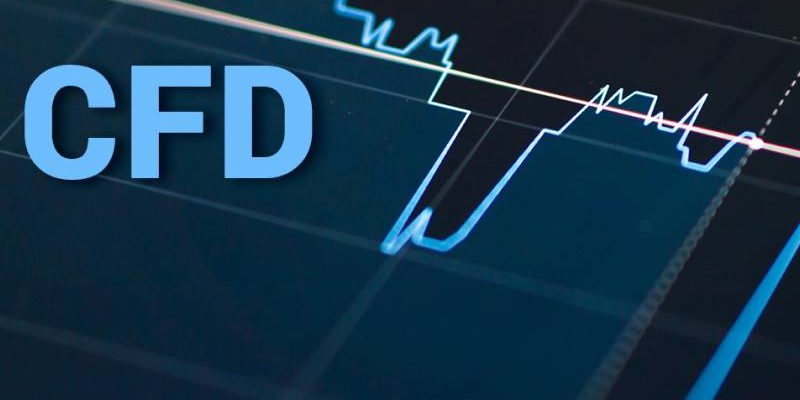
The NASDAQ 100 is a stock market index comprised of the 100 most extensive non-financial stocks listed on the NASDAQ exchange. It can be traded with CFDs, allowing traders to take advantage of rising and falling prices. In this article, we will look at how to trade the NASDAQ 100 using CFDs and discuss some strategies that can be used. We will also examine the factors that can affect movements in its price.
What are CFDs, and how do they work?
CFDs (contracts for difference) are a type of derivative instrument that allows traders to speculate on the future price movements of an asset without actually owning it. CFDs are leveraged products, meaning traders can use borrowed funds to increase their potential return on investment. CFDs also provide traders with the opportunity to go short, allowing them to take advantage of falling prices as well as rising ones.
Trading CFDs on the NASDAQ 100 is relatively straightforward and can be done through many online CFD providers. To begin trading CFDs, you must open an account with your chosen CFD broker and deposit funds before starting trading. Once done, you can place CFD trades on the NASDAQ 100.
Strategies for trading CFDs on the NASDAQ 100
When trading CFDs on the NASDAQ 100, many strategies can be used. One approach is to use technical analysis and look for patterns in price movements that could indicate when it may be time to enter or exit a position. It is also possible to use fundamental analysis to understand how economic factors affect the index’s value over time.
Another strategy is to practice with a CFD demo account before committing any capital. It allows traders to get familiar with the platform and hone their skills before risking real money. CFD demo accounts provide a risk-free environment to test different strategies, allowing traders to get comfortable with CFDs before they start trading with real money.
The benefits of trading the NASDAQ 100 with CFDs
CFDs are a great way to trade the NASDAQ 100 as they provide traders with access to the index without buying and selling individual stocks. CFDs also allow traders to use leverage, which can increase potential returns on investment but also increases risk. Additionally, CFDs allow traders to go both long and short, enabling them to find opportunities from falling prices as well as rising ones.
Finally, CFD trading is usually commission-free, meaning traders do not have to pay fees when entering or exiting positions. It makes CFD trading an attractive option for low-cost access to the NASDAQ 100.
Risk management when trading CFDs on the NASDAQ 100
Risk management should be a top priority when trading CFDs on the NASDAQ 100. Traders must set appropriate stop-loss and trading targets to protect their capital from significant losses. It is also essential to use suitable position sizes to keep any potential losses within manageable limits.
Finally, traders should ensure they understand the risks associated with CFD trading before entering any trades. CFDs are leveraged products, meaning that losses can exceed deposits, and other risks may be involved depending on the CFD provider used.
How to open a CFD account and start trading the NASDAQ 100
Before you can start trading CFDs on the NASDAQ 100, you will need to open an account with a CFD broker. Most online CFD brokers offer accounts suitable for beginners, and some even provide free educational resources to help traders get up to speed. Once your account is set up, you can start trading CFDs on the NASDAQ 100 through the broker’s platform.
When choosing a CFD provider, it is crucial to ensure that they are properly regulated and have good customer service. You should also compare fees and costs between different providers to ensure that you get the best deal possible. Before committing any capital, practice with a CFD demo account to get familiar with the platform and hone your trading skills.
Tips for successful trading of the NASDAQ 100
When trading the NASDAQ 100 with CFDs, a few tips can help traders improve their success rate. Firstly, it is essential to understand the underlying index, as this will help traders identify potential entry and exit points for trades.
It is also essential to set reasonable stop-loss and trading targets when trading CFDs on the NASDAQ 100, as this will help protect your capital from significant losses. Furthermore, it is advisable to use low leverage levels to keep risk manageable. Finally, practising proper money management principles is essential by only risking a small percentage of your capital on each trade.










